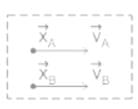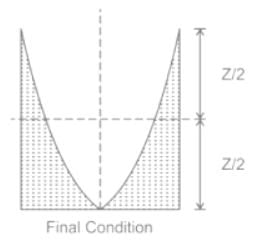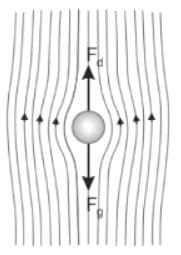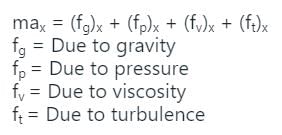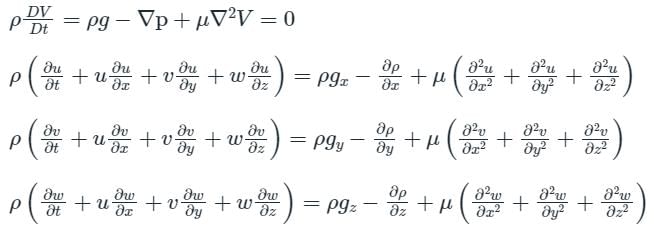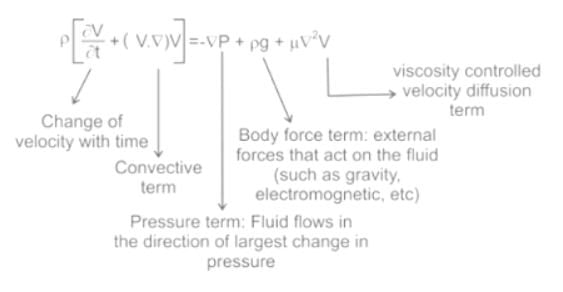Computer Science Engineering (CSE) Exam > Computer Science Engineering (CSE) Tests > Test: Euler's Equation - Computer Science Engineering (CSE) MCQ
Test: Euler's Equation - Computer Science Engineering (CSE) MCQ
Test Description
10 Questions MCQ Test - Test: Euler's Equation
Test: Euler's Equation for Computer Science Engineering (CSE) 2025 is part of Computer Science Engineering (CSE) preparation. The Test: Euler's Equation questions and answers have been prepared
according to the Computer Science Engineering (CSE) exam syllabus.The Test: Euler's Equation MCQs are made for Computer Science Engineering (CSE) 2025 Exam.
Find important definitions, questions, notes, meanings, examples, exercises, MCQs and online tests for Test: Euler's Equation below.
Solutions of Test: Euler's Equation questions in English are available as part of our course for Computer Science Engineering (CSE) & Test: Euler's Equation solutions in
Hindi for Computer Science Engineering (CSE) course.
Download more important topics, notes, lectures and mock test series for Computer Science Engineering (CSE) Exam by signing up for free. Attempt Test: Euler's Equation | 10 questions in 30 minutes | Mock test for Computer Science Engineering (CSE) preparation | Free important questions MCQ to study for Computer Science Engineering (CSE) Exam | Download free PDF with solutions
Test: Euler's Equation - Question 1
In fluid kinematics, the approach of the Lagrangian method for analysis is:
Detailed Solution for Test: Euler's Equation - Question 1
Detailed Solution for Test: Euler's Equation - Question 2
Test: Euler's Equation - Question 3
The Euler’s equation for steady flow of an ideal fluid along a stream line is based on Newton’s
Detailed Solution for Test: Euler's Equation - Question 3
Test: Euler's Equation - Question 4
Which equation is derived by considering the motion of a fluid element along a stream line?
Detailed Solution for Test: Euler's Equation - Question 4
Test: Euler's Equation - Question 5
A right circular cylinder, open at the top is filled with a liquid of relative density 1.2. It is rotated about its vertical axis at such a speed that half the liquid spills out. The pressure at the centre of the bottom will be
Detailed Solution for Test: Euler's Equation - Question 5
Test: Euler's Equation - Question 6
Euler’s equation in the differential form for the motion of liquids is given by
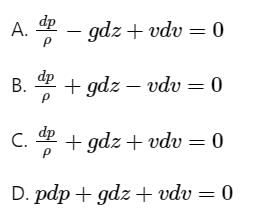
Detailed Solution for Test: Euler's Equation - Question 6
Detailed Solution for Test: Euler's Equation - Question 7
Test: Euler's Equation - Question 8
Which one of the following equation are considered gravity and pressure force only?
Detailed Solution for Test: Euler's Equation - Question 8
Detailed Solution for Test: Euler's Equation - Question 9
Detailed Solution for Test: Euler's Equation - Question 10
Information about Test: Euler's Equation Page
In this test you can find the Exam questions for Test: Euler's Equation solved & explained in the simplest way possible.
Besides giving Questions and answers for Test: Euler's Equation, EduRev gives you an ample number of Online tests for practice
Download as PDF


